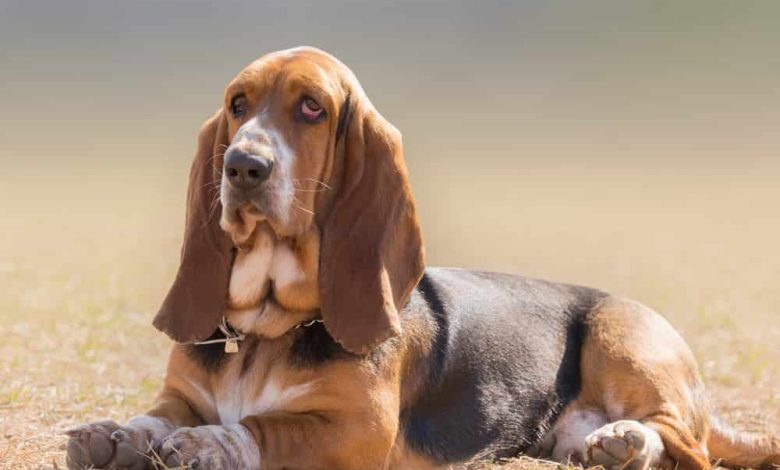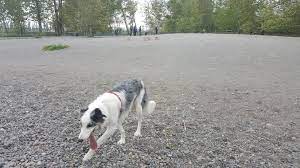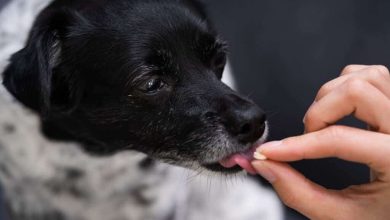Dogs with Droopy Ears


Owning a dog with droopy ears can be a delightful experience. These adorable floppy ears give certain breeds a distinct appearance and add to their charm. In this article, we will explore the fascinating world of dogs with droopy ears, diving into their anatomy, function, care, and potential health issues. So, let’s delve into the world of these endearing canines!
Anatomy of Dogs with Droopy Ears
The Genetics Behind Droopy Ears
The presence of droopy ears in dogs is largely influenced by genetics. Certain genes control the shape and size of a dog’s ears, resulting in variations like floppy or pendulous ears. This genetic predisposition explains why some breeds are more likely to have droopy ears than others.
Common Dog Breeds with Droopy Ears
Numerous dog breeds are renowned for their droopy ears. From the lovable Basset Hound with its long, pendulous ears to the endearing Cocker Spaniel and its luscious, wavy ears, each breed showcases a unique ear structure. Other popular breeds with droopy ears include the Bloodhound, Beagle, and Dachshund.
Function and Purpose of Droopy Ears
Enhanced Hearing Abilities
While droopy ears may be visually appealing, they also serve a practical purpose. The shape and positioning of these ears aid dogs in capturing and amplifying sound waves, enhancing their hearing abilities. This advantage allows them to detect even the faintest of sounds, making them exceptional hunting or alert dogs.
Temperature Regulation
Droopy ears play a crucial role in regulating a dog’s body temperature. Dogs with droopy ears often have more surface area exposed, allowing for increased heat dissipation through the skin. This physiological adaptation helps them stay cool during hot weather, preventing overheating and potential heatstroke.
Care and Maintenance of Dogs with Droopy Ears
Cleaning and Preventing Infections
Dogs with droopy ears are more prone to developing ear infections due to reduced air circulation and increased moisture retention within the ear canal. Regular ear cleaning using veterinarian-approved solutions and techniques is vital to maintain optimal ear health and prevent infections. Additionally, keeping the ears dry and avoiding excessive moisture can help reduce the risk of bacterial or fungal growth.
Avoiding Ear Injuries
Because droopy ears extend beyond the head, they are more susceptible to injuries. Dogs with droopy ears should be protected from potential hazards, such as thorny bushes or sharp objects, to prevent cuts, bruises, or hematomas. Taking precautions during activities like swimming or vigorous play can significantly reduce the risk of ear injuries.
See also: When Do Australian Cattle Dogs’ Ears Stand Up?
Potential Health Issues of Dogs with Droopy Ears
Ear Infections
As mentioned earlier, dogs with droopy ears are prone to ear infections. The warm, moist environment created by the ear shape provides an ideal breeding ground for bacteria, yeast, and other microorganisms. Routine check-ups with a veterinarian and proactive measures, such as regular cleaning and proper drying of the ears, can help prevent these infections.
Allergies and Sensitivities
Some dogs with droopy ears may also develop allergies or sensitivities related to environmental factors, food, or other allergens. These allergies can manifest as itching, redness, or swelling in and around the ears. Identifying and managing these allergies through dietary changes, environmental adjustments, or medical interventions can alleviate discomfort and promote overall well-being.
Hearing Loss
Although not prevalent in all dogs with droopy ears, some breeds may be more susceptible to hearing loss. This susceptibility is often attributed to genetic factors and specific ear structures. Regular hearing evaluations and prompt intervention in case of hearing loss can help mitigate its impact on a dog’s quality of life.
Special Considerations for Dog Breeds with Droopy Ears
Training and Socialization
While training and socialization are important for all dogs, it is particularly crucial for breeds with droopy ears. Early socialization and positive reinforcement training can help prevent anxiety, fear, and aggression that may arise due to limited visibility or compromised hearing. Consistent training can also aid in managing potential behavior issues that may be more prevalent in certain breeds.
Grooming Requirements
Dogs with droopy ears often require specific grooming techniques to maintain ear hygiene and prevent matting or tangling of fur around the ears. Regular brushing, ear hair trimming, and ear inspections are essential practices to incorporate into the grooming routine. Consulting a professional groomer or veterinarian can provide valuable guidance on breed-specific grooming needs.
Conclusion
In conclusion, dogs with droopy ears possess unique characteristics that go beyond their adorable appearance. Understanding the anatomy, function, care, and potential health issues associated with droopy ears is essential for responsible pet ownership. By providing the necessary care, attention, and preventive measures, we can ensure these lovable canines lead happy, healthy lives.
See also: Guide to Dog Ear Wipes: Benefits, Top picks and How to Use Them
FAQs about Dogs with Droopy Ears
Here are the most FAQs about Dogs with Droopy Ears:
Can droopy ears be corrected through surgery?
While surgical correction of droopy ears is possible, it is generally reserved for extreme cases or when the ear structure causes severe health problems. Consultation with a qualified veterinarian or veterinary surgeon is recommended to assess the specific circumstances and determine the most appropriate course of action.
Are all dogs with droopy ears prone to ear infections?
While dogs with droopy ears are more susceptible to ear infections, not all of them will develop this issue. Proper ear care, regular cleaning, and preventive measures can significantly reduce the risk of infections.
How can I prevent ear injuries in dogs with droopy ears?
To prevent ear injuries, it is essential to be mindful of your dog’s environment and activities. Avoid exposing them to potential hazards, keep them away from sharp objects or plants with thorns, and supervise water-related activities to minimize the risk of injuries.
Do dogs with droopy ears have a higher risk of hearing loss?
Certain dog breeds with droopy ears may have a higher predisposition to hearing loss. Regular hearing evaluations and prompt intervention can help manage any hearing issues effectively.
Are there any specific grooming techniques for dogs with droopy ears?
Yes, dogs with droopy ears often require breed-specific grooming techniques. Regular ear inspections, cleaning, and trimming of ear hair are crucial for maintaining optimal ear hygiene and preventing matting or tangling of fur around the ears. Consulting a professional groomer or veterinarian can provide guidance on the appropriate grooming practices.




